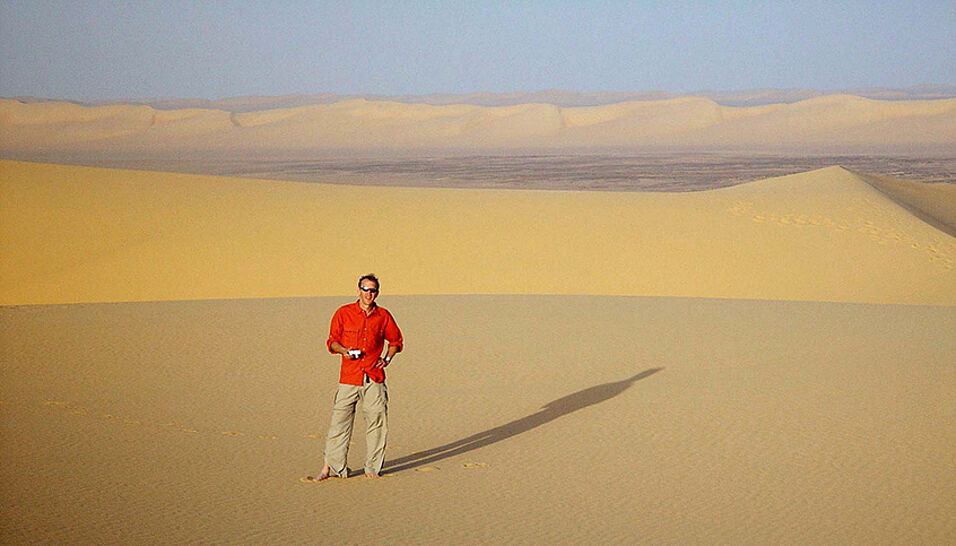What is so fascinating about your research area?
As a kid growing up at a time and in a place with dark skies, the dynamic night sky captured my imagination. Every August I would camp with my friends and count the Perseids. While on a family vacation at the Tetons in the summer of 1972 a giant daylight fireball grazed the atmosphere. I didn’t see it, but witnesses told me it was a UFO. Years later when I was an undergraduate physics student, a home movie of that event was shown on TV, and an expert explained it in terms of known physics and astronomy. Spectacular events that appear to be supernatural fascinate everyone, but natural explanations are especially fascinating to scientists!
Which central message should your students remember?
One of the reasons scientists develop supercomputer models of physical systems is to enhance our physical intuition. Throughout our education we are taught the laws of physics that can be described by a few equations. Most of our homework and test problems teach us how to apply those equations to simple idealized problems, but the real world is complicated. We can now use supercomputers to solve these equations for difficult problems to understand systems with complex geometries like asteroid impacts and the Earth’s climate. Good scientific visualization allows us to transfer this intuition to non-scientists including policy makers and the public.
Why did you decide to do research and teach at our Faculty?
My field of impact and airburst physics involves many methods including experiments, laboratory analysis, geological field work, theory, and computational physics. I have been involved in all of these approaches, but nobody can be an expert on everything. I have colleagues in Vienna who have complementary skills, and who are interested in the same problems I am. I look forward to spending time with them!
Which three publications characterise your work?
- Boslough MB, Crawford DA. Low-altitude airbursts and the impact threat. International Journal of Impact Engineering. 2008 Dec 1;35(12):1441-8.
- Kring DA, Boslough M. Chelyabinsk: Portrait of an asteroid airburst. Physics Today. 2014 Sep 1;67(9):32-7.
- Boslough M. Uncertainty and risk at the catastrophe threshold. Planetary Defense: Global Collaboration for Defending Earth from Asteroids and Comets. 2019:205-15.
Thank you & welcome to our Faculty!
- Marc Boslough is an American physicist and expert on planetary impacts and global catastrophes. Back in 1983, he received his Ph.D. in applied physics, with studies in geophysics, from Caltech. He joined Sandia National Laboratories where he was an experimental and computational physicist. In 2017 he changed to the Los Alamos National Laboratory.
The research professor at the University of New Mexico focusses his impact research on computational modeling of airbursts, their physical effects, and their contribution to the risk of an impact for planet Earth. He participated in documentary field expeditions to airburst sites including the Libyan Desert of Egypt in 2006, Tunguska in 2008, and Chelyabinsk in 2013. He served on the asteroid mitigation panel for the National Research Council, and coauthored the report “Defending Planet Earth” that was delivered to Congress in 2010. He is also fellow of the Committee for Skeptical Inquiry, and chair of the Asteroid Day Expert Panel. - Working Group: Impact Research and Planetary Geology, Department of Lithospheric Research / Prof. Christian Köberl
- Lecture in winter term 2023/24: 280102 VU Modeling Planetary Impacts



